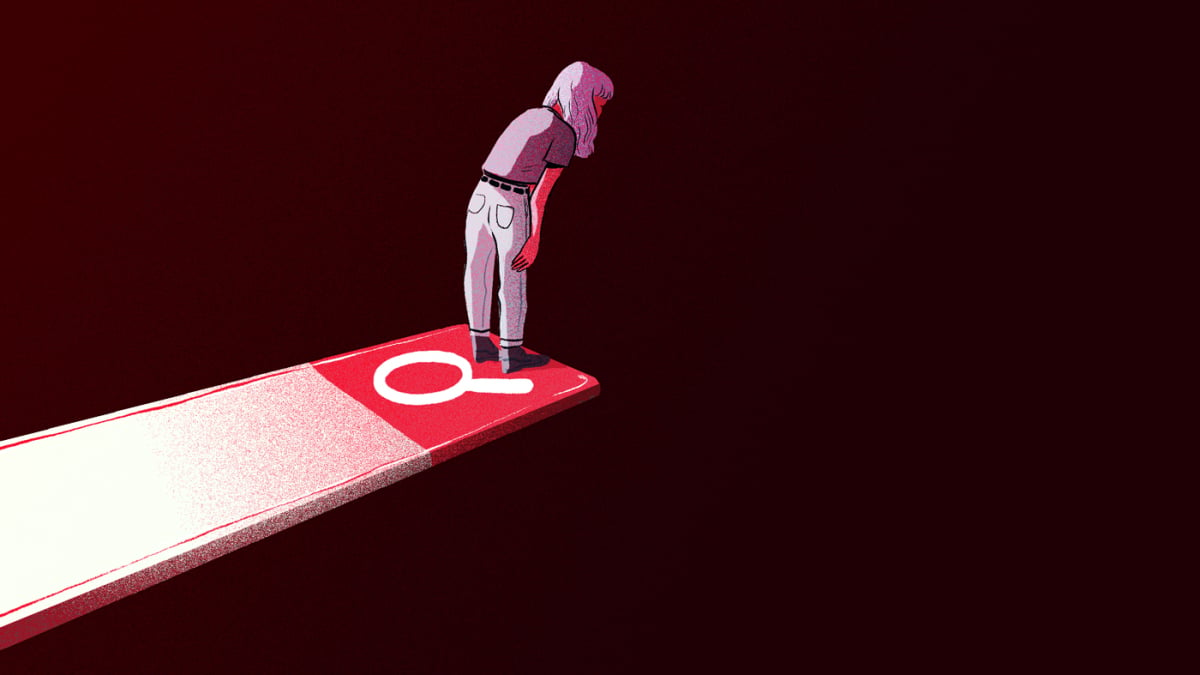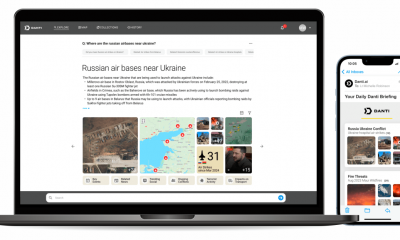Entertainment
End Rape On Campus online tool spotlights college sexual assault stats

When deciding on the perfect college, prospective students have a lot to consider. They’re probably researching universities’ academic rankings, and they certainly crunch the numbers of high tuition versus accessible financial aid. Or maybe they care more about a school’s athletics programs, alumni network, or party scene. But one factor that is universal to all students is the need for safety, and a new Campus Accountability Map and Tool(Opens in a new window) now offers critical insight to inform the college selection process: the ability to compare how well educational institutions address and work to prevent instances of sexual assault on their campuses.
The digital platform was created by End Rape on Campus(Opens in a new window) (EROC), a 2013 student-founded initiative to end sexual assault on campus through national advocacy and survivor support. It’s part of the social engagement nonprofit Civic Nation(Opens in a new window), which also funds initiatives like the It’s On Us(Opens in a new window) sexual assault prevention campaign and legal advocacy network We The Action(Opens in a new window). The organization describes the tool as the first of its kind to centralize information on university policies and responses to sexual assault — enabling transparency, accountability, and support all at once — and its searchable map function lets users quickly find resources at campuses near and far.
Youth gun reform activists are still organizing. This is what they’re fighting for in 2023.
“When this information is scattered across various federal databases and university websites, students and survivors face barriers to understanding their campus policies, finding resources, and holding their campuses accountable for protecting students on and off campus,” EROC explained in a statement to the press.
Tweet may have been deleted
(opens in a new tab)
(Opens in a new window)
Kenyora Parham, executive director of EROC, said that the tool is a tech-driven version of the organization’s foundational work. “In 2013, our founders drove across the country meeting with thousands of students to fill in a gap in their understanding of their rights, especially as it pertains to Title IX,” Parham explained. “We like to think of the map and tool as a mirror to that. Instead of, you know, driving across different college campuses and giving each student that one-on-one interface, we’ve essentially crowdsourced the data into one centralized space, so it’s an easier, accessible, and faster way of getting that information out.”
The database collects information based on five parameters: numerical statistics, policy information, prevention efforts, investigation procedures, and survivor support, gathered through university websites, self-reporting, and federal databases like the U.S. Department of Education’s Campus Safety and Security Data site. Information on accessibility and Title IX(Opens in a new window), a federal civil rights law that prohibits discrimination on the basis of sex, is also included in the database. Users can even use the built-in comparison tool to assess university metrics side by side.

Credit: End Rape on Campus

Credit: End Rape on Campus
The current pilot version has assembled data on more than 750 college campuses(Opens in a new window) using the help of around 100 volunteers including students, parents, and advocates. This pool includes eight Ivy League schools, community colleges, and the two largest four-year colleges in each U.S. state, the District of Columbia, and Puerto Rico.
Parham explained that EROC had wanted to prioritize data that would align with their “Centering The Margins(Opens in a new window)” framework, which “focuses and centers historically underserved and marginalized student survivors in the campus anti-rape movement and attends to the particular needs of those survivors.” To that end, the organization prioritized including universities like Historically Black Colleges and Universities (HBCUs), Hispanic-Serving Institutions (HSIs), Tribal Colleges and Universities (TCUs), Rural Serving Institutions (RSIs), and community colleges in the resource’s first iteration.
“We know that these students are historically marginalized in this space. They are often left out of the national discourse when it comes to campus sexual assault,” Parham said. “We had wanted to make sure that this mapping tool started with them first and foremost, and provided them with access to information that would help them navigate the Title IX complaint process, as well as ways to hold their institutions accountable.”
She hopes that it can act as an intersectional feature of EROC’s work, building connections between students and advocates across issues. “We’re hoping that through way of our programs — and by way of our partnerships with other survivor advocacy organizations focused on other intersectional issues like gun violence or abortion access — other intersectional issues are also incorporated into the mapping tool as a feature,” Parham explained.
EROC says the tool is an evolving resource, one which will be updated frequently and adjusted as needed to help greatest support student survivors. Individuals can request a school be added to the map using this online form(Opens in a new window), or report an error(Opens in a new window) in the database if needed.
“We definitely want prospective students and their families to be using the map and tool as a part of their decision-making process,” she said. “And we want this mapping tool to revolutionize how we discuss safety — not only in our homes, but also what safety looks like in the classroom.”
If you have experienced sexual abuse, call the free, confidential National Sexual Assault hotline at 1-800-656-HOPE (4673), or access the 24-7 help online by visiting online.rainn.org(Opens in a new window).
-

 Entertainment6 days ago
Entertainment6 days agoSummer Movie Preview: From ‘Alien’ and ‘Furiosa’ to ‘Deadpool and Wolverine’
-

 Entertainment5 days ago
Entertainment5 days agoWhat’s on the far side of the moon? Not darkness.
-

 Business6 days ago
Business6 days agoThoma Bravo to take UK cybersecurity company Darktrace private in $5B deal
-

 Business6 days ago
Business6 days agoHow Rubrik’s IPO paid off big for Greylock VC Asheem Chandna
-

 Business5 days ago
Business5 days agoTikTok faces a ban in the US, Tesla profits drop and healthcare data leaks
-

 Business4 days ago
Business4 days agoLondon’s first defense tech hackathon brings Ukraine war closer to the city’s startups
-

 Business7 days ago
Business7 days agoZomato’s quick commerce unit Blinkit eclipses core food business in value, says Goldman Sachs
-

 Entertainment7 days ago
Entertainment7 days agoMonsta X’s I.M on making music, gaming, and being called ‘zaddy’




























